Neem tree, Azadirachta Indica – Plant
₹199.00 – ₹449.00
- The Live plant will be coming in well-stable potted condition.
- The Plant height will be 8-12 inches in 4 inches pot.
- The Plant height will be 18-24 inches in 6 inches pot.
- Plant nature is outdoor, loves full sun, less watering.
- Use extensively in landscaping and medical purposes.
- Assured safe delivery with easy replacement.
Description
Neem tree, Azadirachta Indica – Plant
The Neem Tree (Azadirachta indica), a wonderful addition to your botanical collection. This tree, known for its profound significance, comes from the Meliaceae family and has its origins in the Indian subcontinent. The Neem Tree flourishes outside, adorning landscapes with its magnificent canopy and helpful properties.
Describe the unique uses of the neem tree. Its leaves, bark, and oil are recognized in conventional treatments for their therapeutic qualities. Neem is a natural powerhouse with uses ranging from dental hygiene to skin care. Its powerful antifungal, antibacterial, and insect-repellent properties are its specialization.Integrate the Neem Tree into your area and enjoy its benefits to both health and beauty. Accept the enchantment of this tree and enjoy the numerous benefits it provides, which will improve your surroundings and well-being.
Caring Tips:-
- Sunlight: Neem trees flourish in full sun. Ensure they receive at least 6-8 hours of direct sunlight daily for optimal growth.
- Watering: While established trees are drought-tolerant, young Neem Trees require regular watering. Water deeply and infrequently, allowing the soil to dry slightly between waterings.
- Soil: Plant in well-draining soil with a slightly acidic to neutral pH (6.0-7.0). Good drainage prevents waterlogged roots.
- Fertilization: Feed the tree with a balanced, slow-release fertilizer during the growing season (spring and summer). Avoid excessive nitrogen, as it can hinder flowering.
- Pruning: Regularly trim away dead or diseased branches to promote healthy growth. Neem Trees respond well to pruning and shaping.
- Disease Prevention: Neem trees are generally resistant to diseases, but watch for fungal issues during periods of high humidity. Proper spacing and good airflow help prevent such problems.
Additional information
| Weight | 0.15 kg |
|---|---|
| Dimensions | 24 × 13 × 11 cm |
| Size | Small, Medium |
You may also like…
-
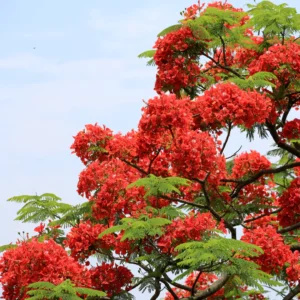
Gulmohar (Delonix Regia)
₹275.00 – ₹2,849.00 Select options -
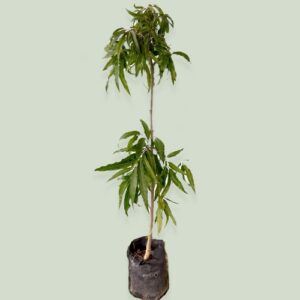
Ashoka Tree, Polyalthia longifolia – Plant
₹499.00 – ₹1,250.00 Select options -
12% OFF
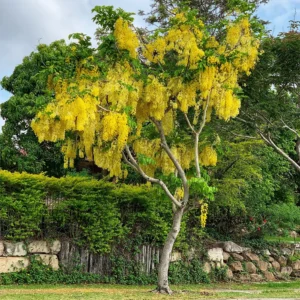
Amaltas, Cassia fistula, Golden shower – Plant
₹550.00 – ₹2,450.00 Select options -
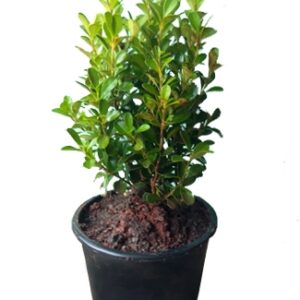
American Boxwood – Buxus Microphylla Japonica – Plant (Mini)
₹249.00 – ₹2,549.00 Select options
Reviews (0)
You must be logged in to post a review.

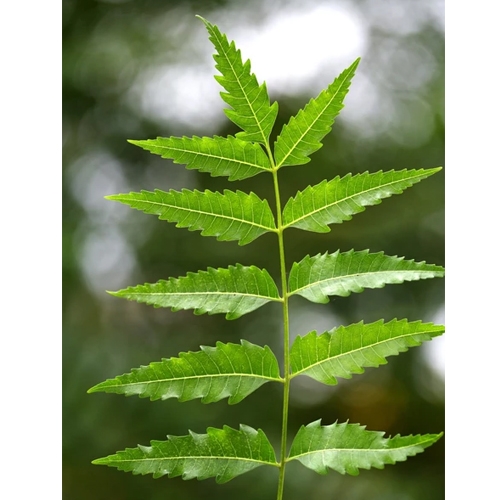
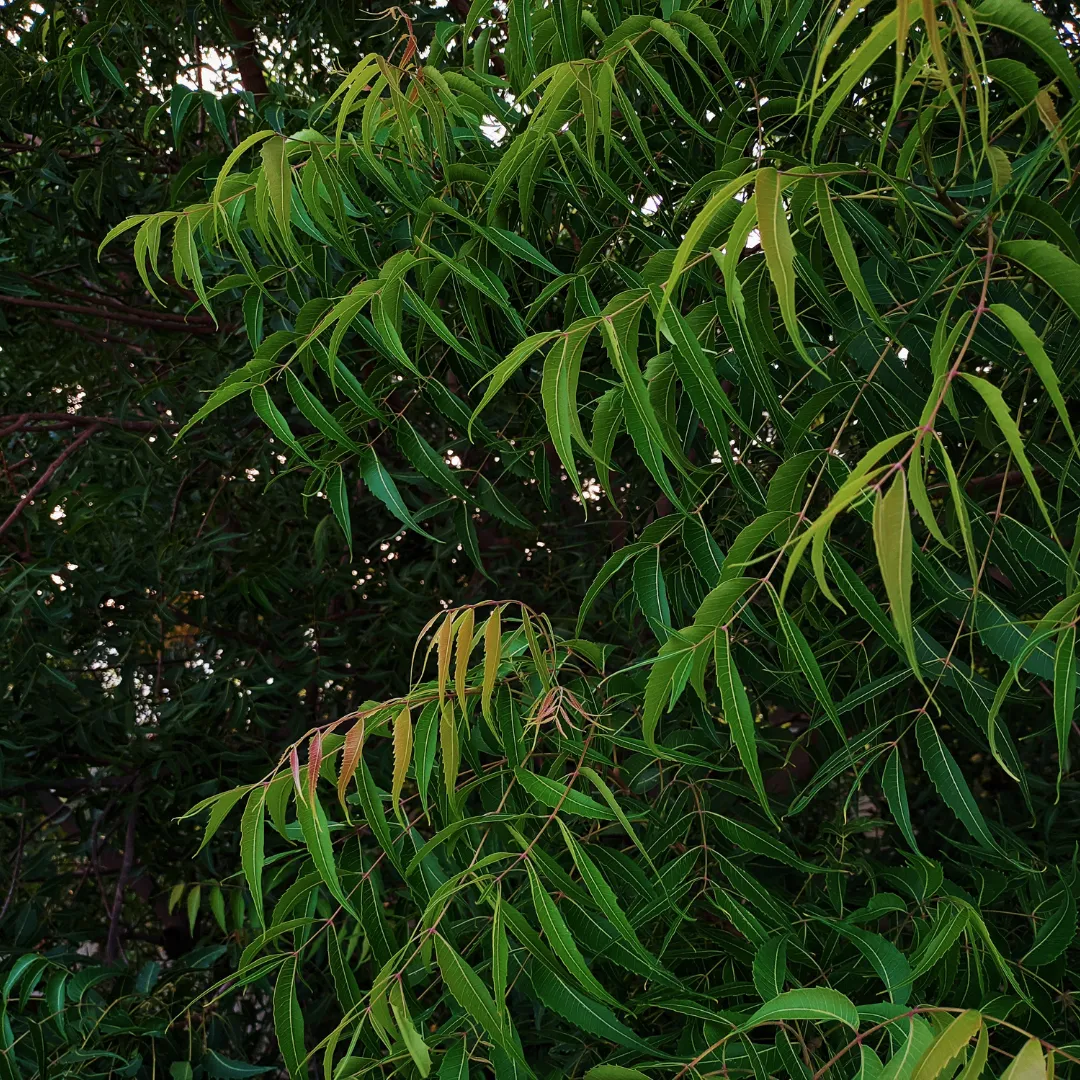
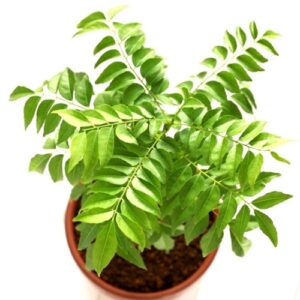
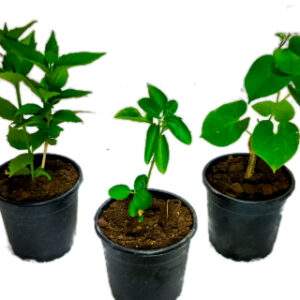
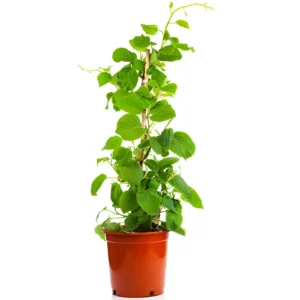
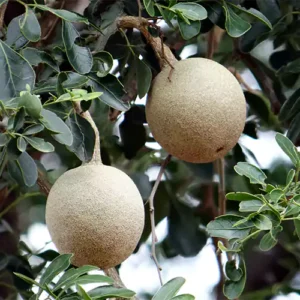
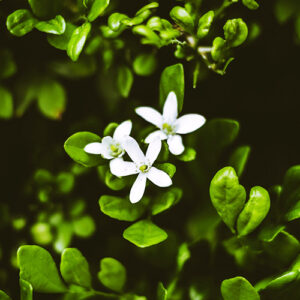
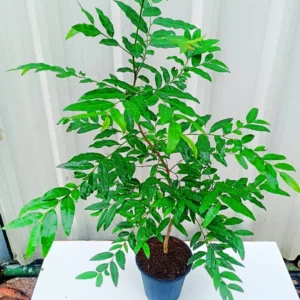
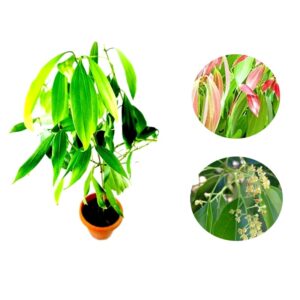


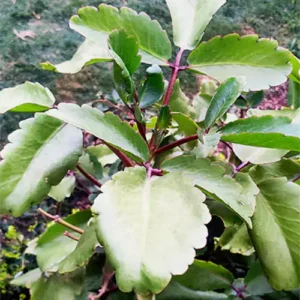
Reviews
There are no reviews yet.